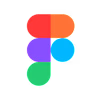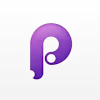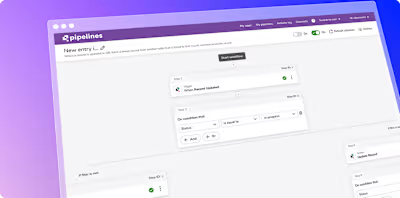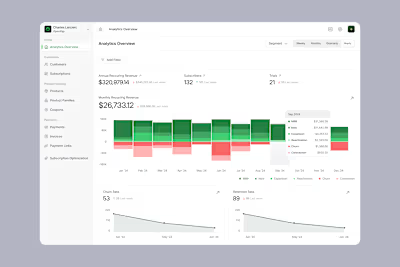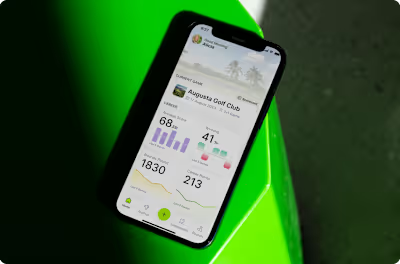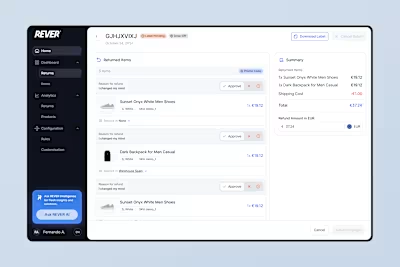Personal Budgeting Reimagined
Contactless cards and online shopping sites make payment a breeze.
But studies show that the use of contactless can increase spending 8 to 10% by making it harder to monitor our spending.
A debt-driven society
Too many millennials who carry credit-card debt don’t know how expensive it is.
A survey ran by Northwestern Mutual comprised 503 Gen Zers, 672 millennials, 595 Gen Xers, and 441 baby boomers. On average, millennials who carry debt report owing to a total of $27,900 (excluding mortgages), slightly less than baby boomers and about $8,000 less than the average amount Gen Xers owe.
34% of Americans don’t know how much of their monthly income goes toward paying down their personal debt.
Debt is a struggle even for wealthy millennials.
It’s time to change this.
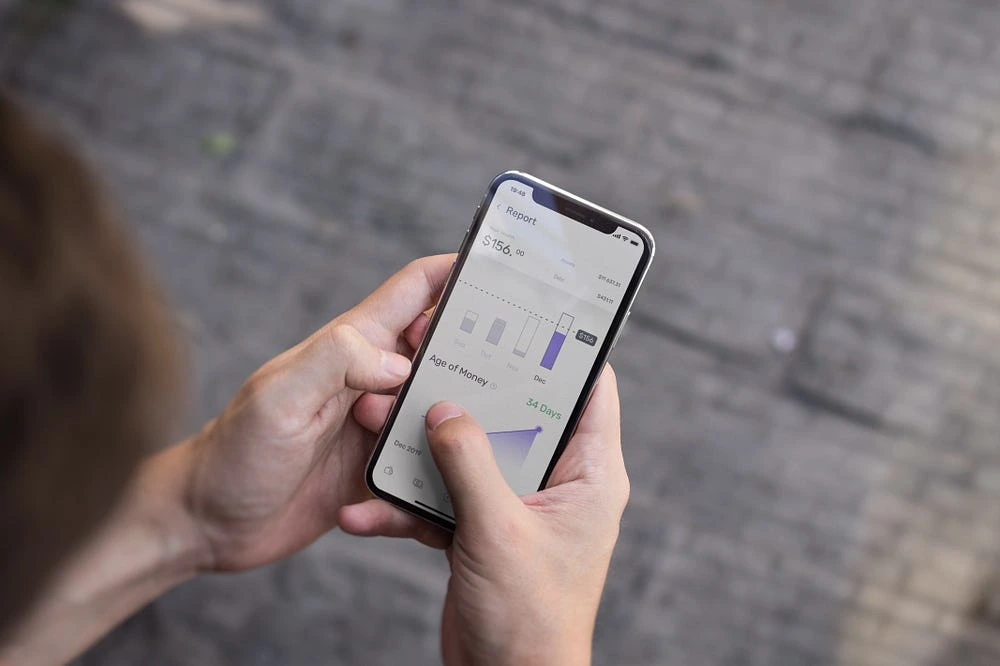
My role
I was contacted by Akuna, a remote team that had the drive to reinvent personal finance. I was the only designer on their team of engineers and led the design and discovery phase of this project. Conducted all of the user interviews and user tests.
I led efforts to evolve the service and address customer pain‐points related to the spending and planning experiences.
The app is yet to be released in mid-2020.
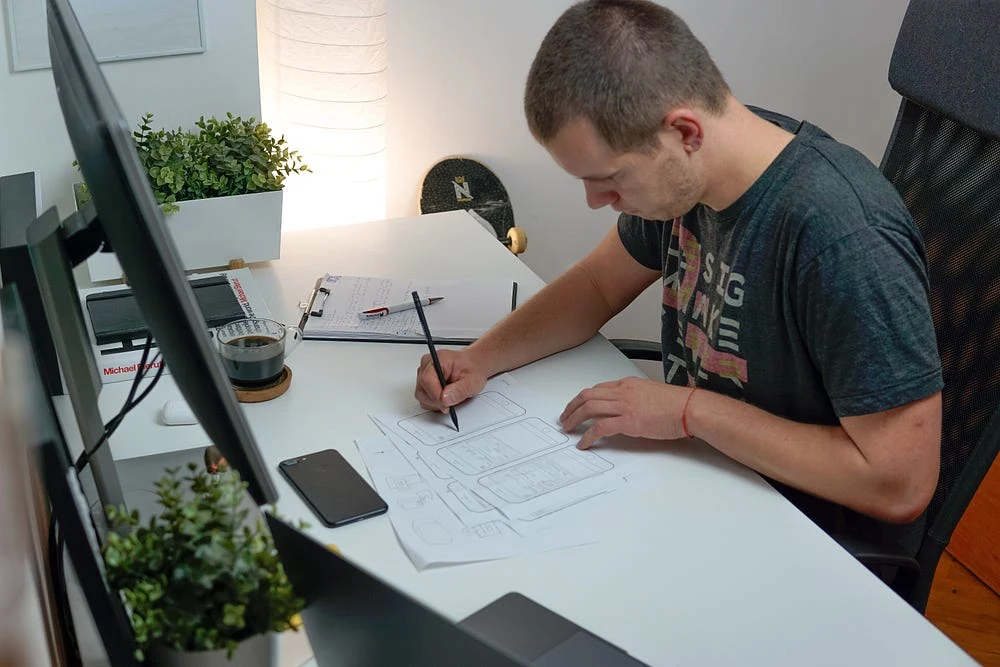
Competitive Analysis
I researched apps related to finances, budget and habit-building and I end up with 7 apps. Then I filtered the ones related to financial management as they could be the main competitors.
At this point and I was looking for their current features, and the overall experience using some of them. Here are some features I found related to the opportunities of the research:
2 of the 7 apps sync bank accounts automatically;
1 of the 7 reads SMS from the bank and add as a transaction — the person has to copy the message and add in the app;
4 of the 7 send notifications;
7 of the 7 apps use charts to illustrate some expenses and transactions.
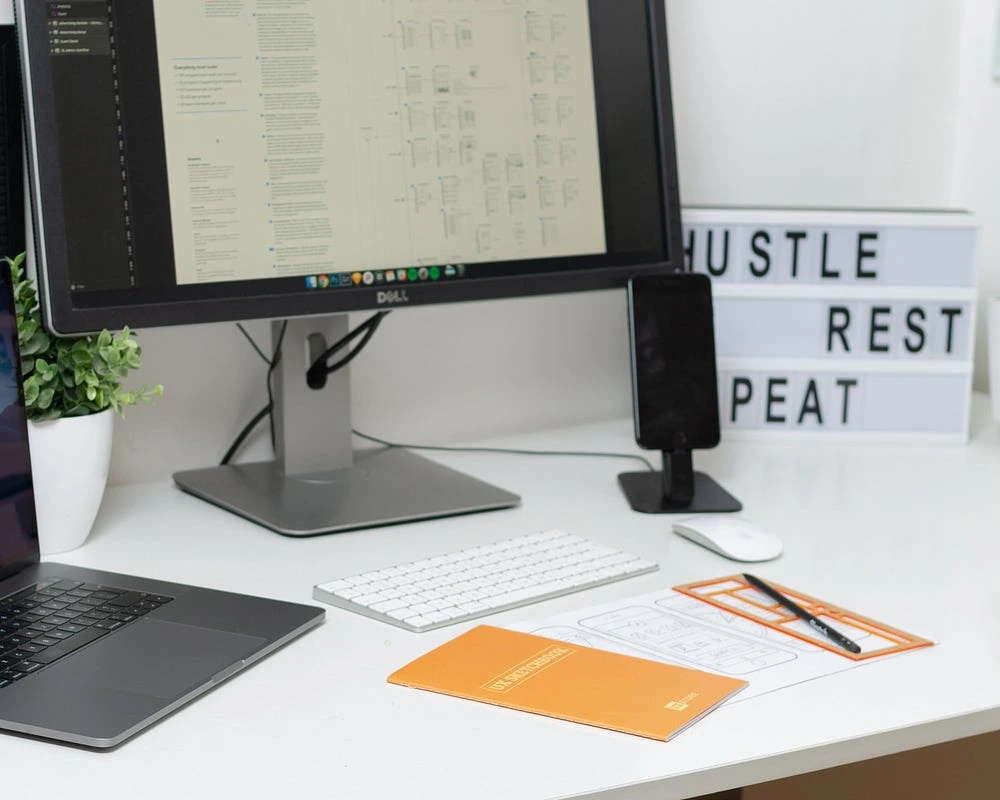
Empathy…
I set off to learn about how do people actually spend— especially why do we have so many tools at our disposal and still people are terrible at spendings.
100% of the users are real people, focused on the mindset they shared with me I created two separate user personas based on my assumptions after the interviews.
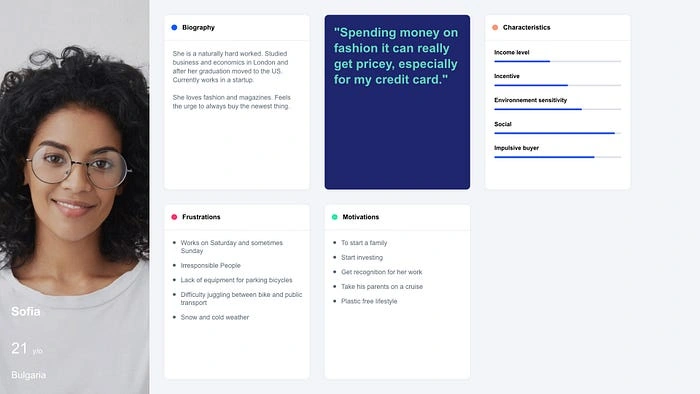
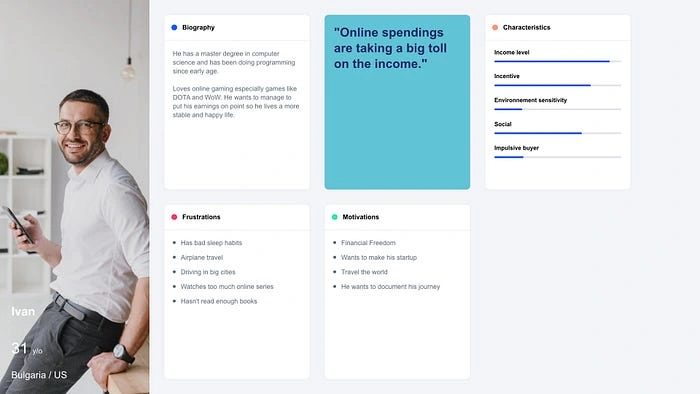
Research
The purpose of these questions is to gain insight into key data and see if there is available information that would answer the questions.
There was no relevant information around the topics of interest so I went about creating a survey to gather some real-world data.
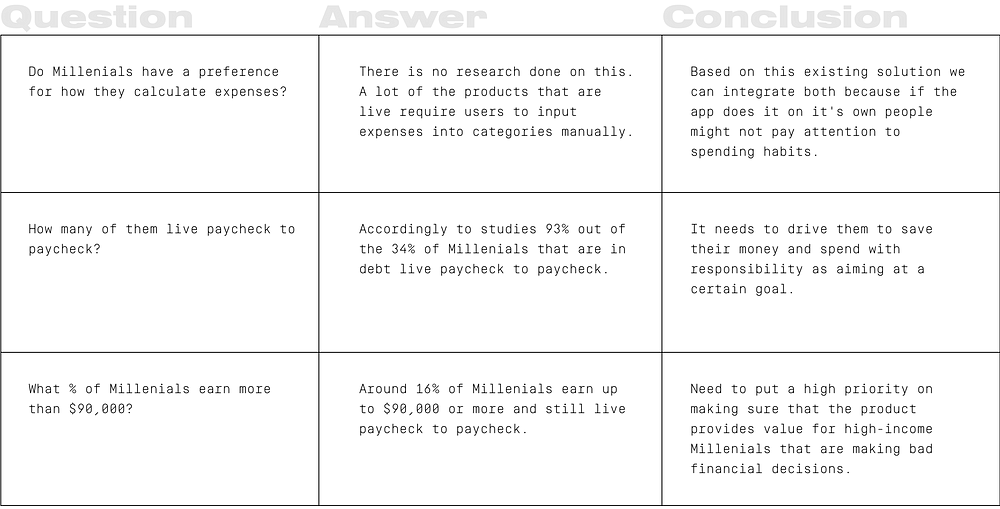
Survey
I created a Google Form and send it out to some people in my email list that I have. The survey was filled by 197 people.
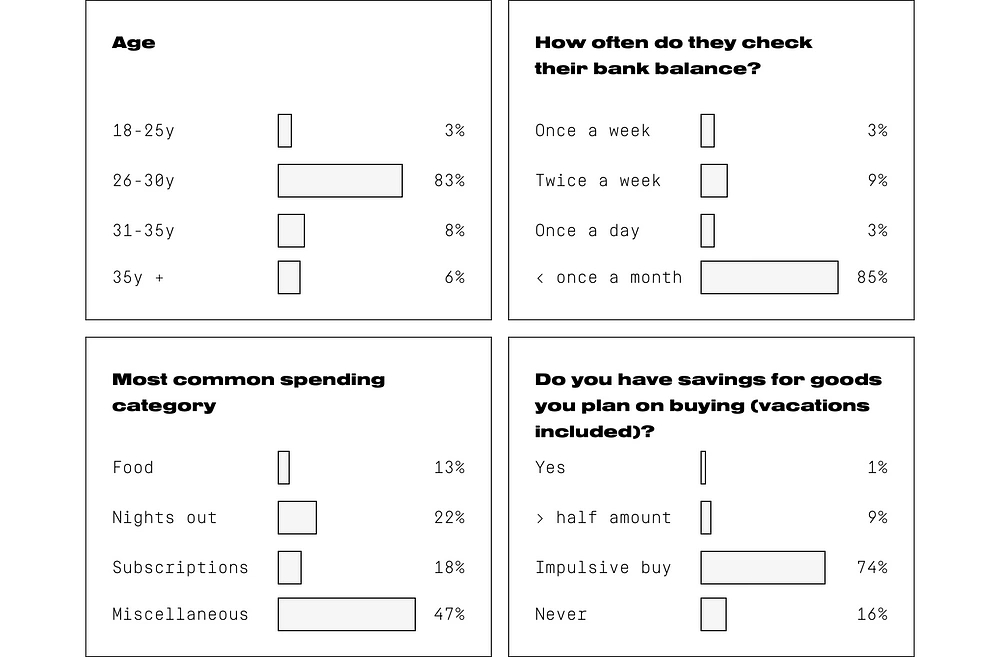
Market Positioning
After the initial interviews and personas that I created, I set off to figure out the market position for the product. The goal after talking with everybody from users to stakeholders is the app to be easy to use and convenient.
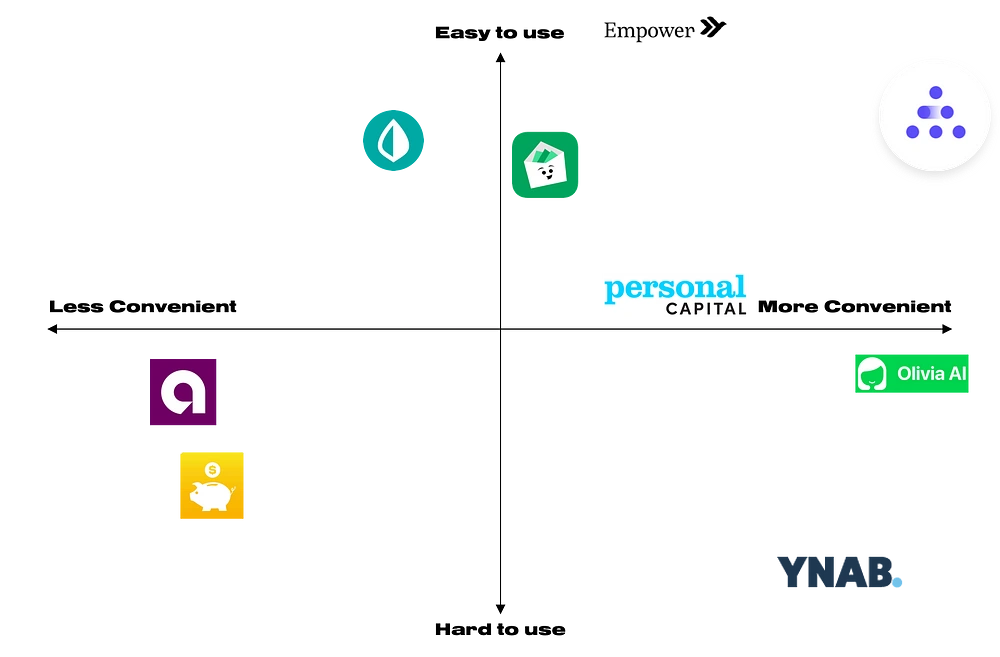
Mapping the experience
There were several classifications that ran through each user
groupings. The calculation of budget, income, expenses, and targets are the main sections of the app.
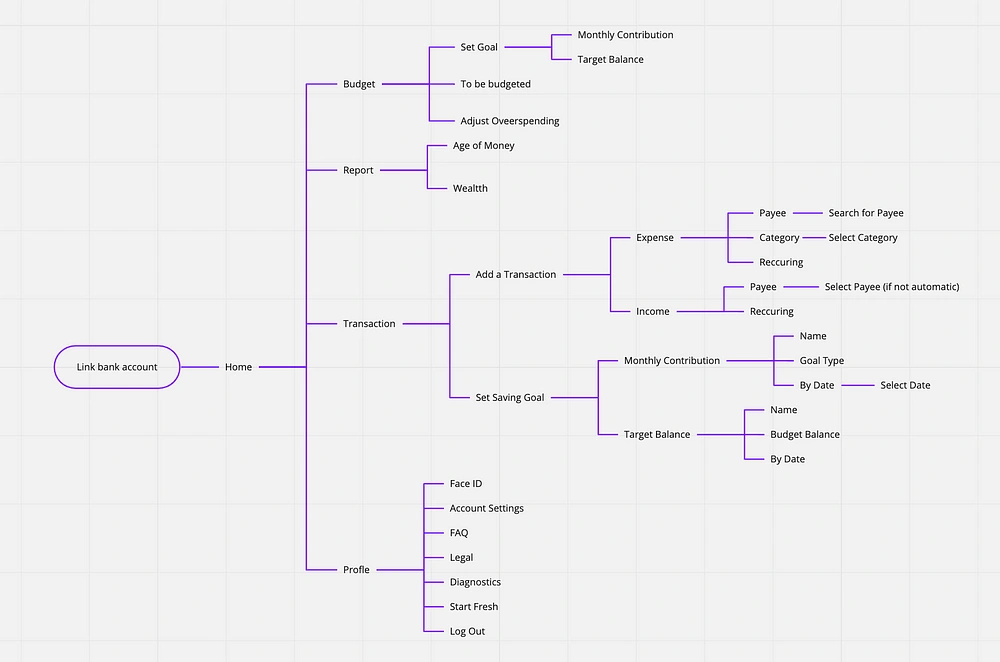
Early Sketches
With everything settled I set down to sketch some ideas that we will use later in the usability testing. We ran into 3 rounds of iterations, more than 15 A4 lists, 30+ coffee cups, 4 big macs, 1 pepperoni pizza, 64 liters of water, 2 pens and a husky. I should mention that no drawing was done on the husky itself. h
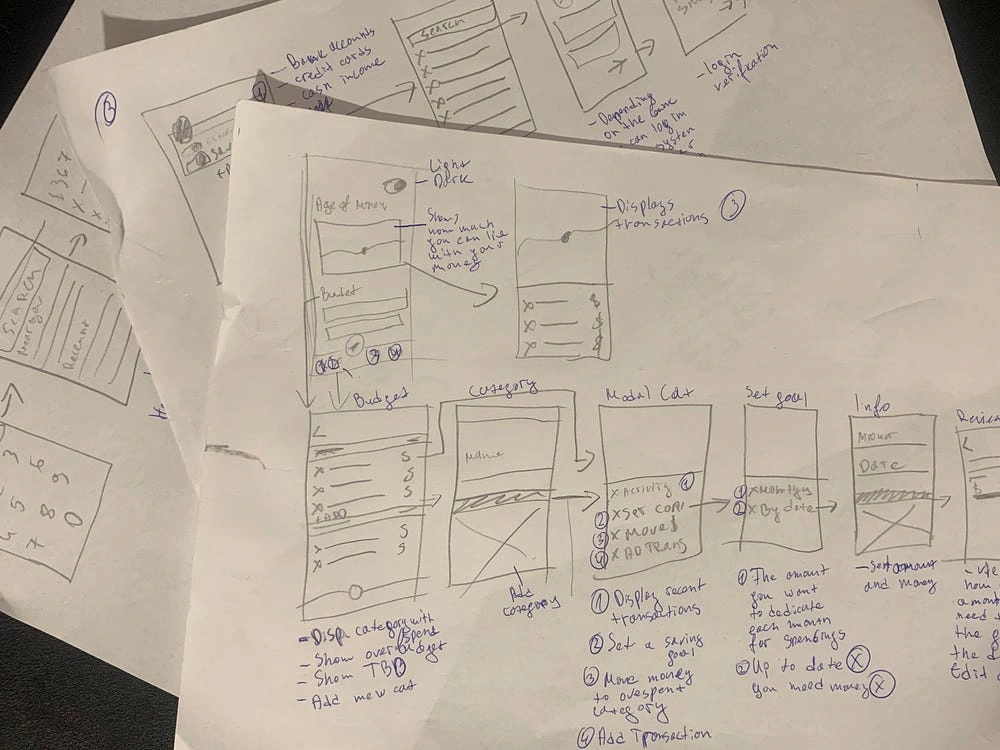
Usability Testing
Being the creep I am, I gave few people phone with the prototype on it and whispered into their ear while looking over their shoulders 3 questions
This below is the script I had prepared for the session.
Hey [name]. thanks for taking the time. I was telling you about the app I am working on, and now would need to test a prototype with you, it shouldn't take more than 15–30 minutes of your time. I’ll ask you to complete just three tasks and that’s all.
- You have received $890 in cash instead of in your bank account. You need to add it into your money to be budgeted, how would you do that?
- Let’s say we need that money to be added to category RENT. Let’s add $500 and $90 to electricity. The rest $300 you add to Groceries. How would you do that?
- The last one is very simple. You have overspent on a category called Eating out. How would you move $57 from Rent to Earing out?
Thank you very much! You really helped me a lot! It is important for me to receive feedback early on and to try to validate my assumptions.
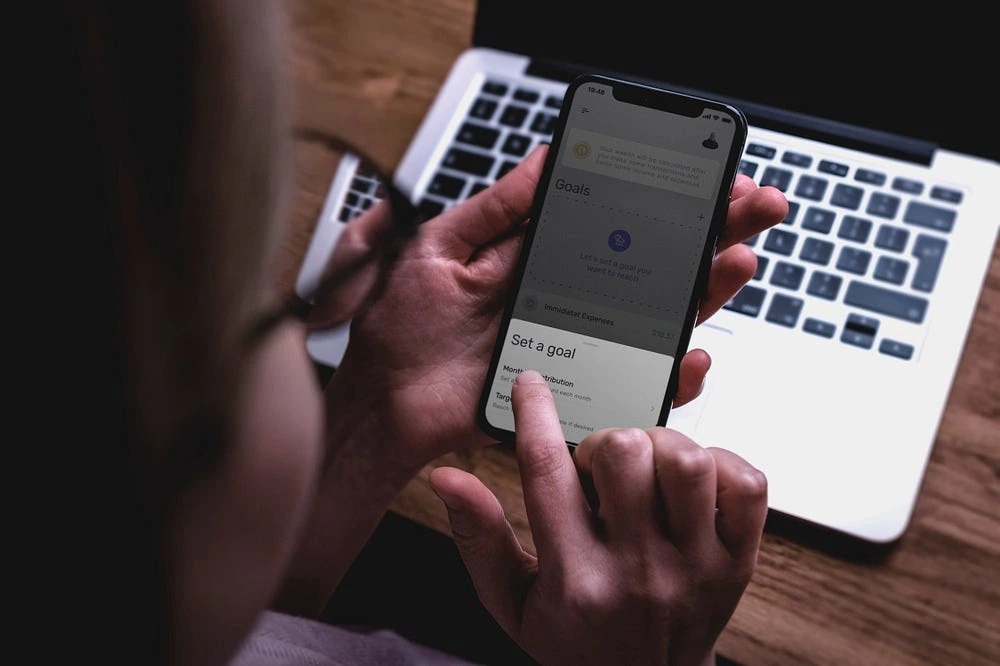
Summary
My goal was to validate if Millenials really understood how to operate with their money and plan accordingly. I was excited about this idea so a reality check was much needed.
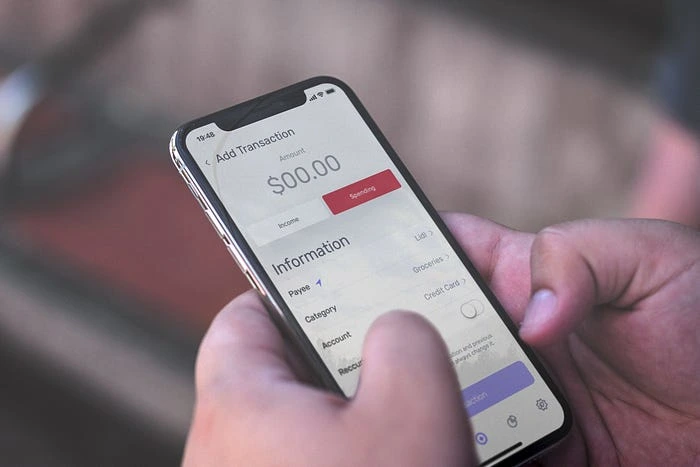
Outcome
All participants managed to add the money to be budgeted.
All of the participants managed to pass the 3 tasks.
Around half of the users got a little bit stuck about converting money from one category to another.
User Interface
I tried to focus on features related to solving some of the major desired outcomes found in the initial research.
The app should be simple and easy to understand. Also, encouraging them to build financial habits. Here are the highlighted features:
Link Accounts
Ease of adding accounts to give you a clear overview right away
The ease of adding a bank account and credit card is vital for the success of this product. If somehow your bank doesn’t allow to login and gets statements you can always add your finances manually on a later stage.
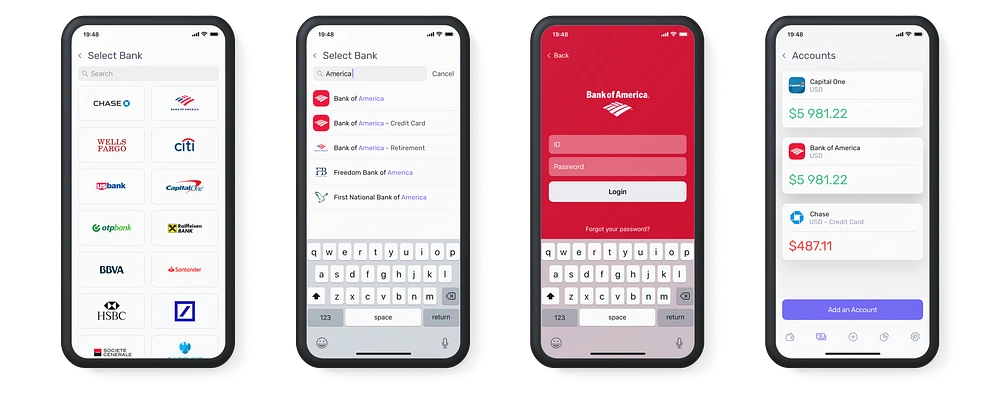
Budgeting
After connecting to your account you need to organize your money into categories. This way you will manage to keep track of finances with ease.
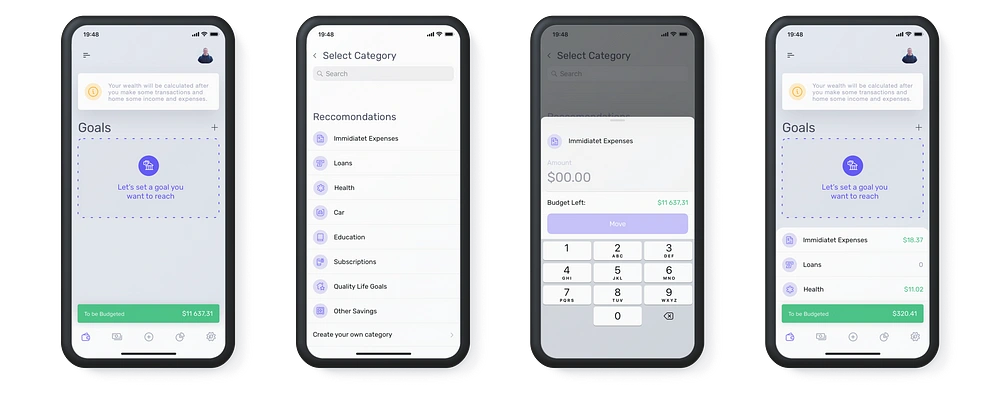
Set Goals
Monthly Contribution
Target Balance
The purpose of this is to achieve goals easier. By setting goals with a monthly contribution you will have an automatic payment to that “bucket” every single month. When you set the payment to Target Balance it’s free, however, you can set deadlines by which date you want to achieve that.

Transaction
Location-based transactions
Income and Expenses
If for some reason your bank can’t connect to the app you can always enter a transaction manually. When having location turned on it will detect a venue near you and suggest both the category and name of the venue, also based on historical data of previous transactions will reuse the card where you allocated money from that budget.
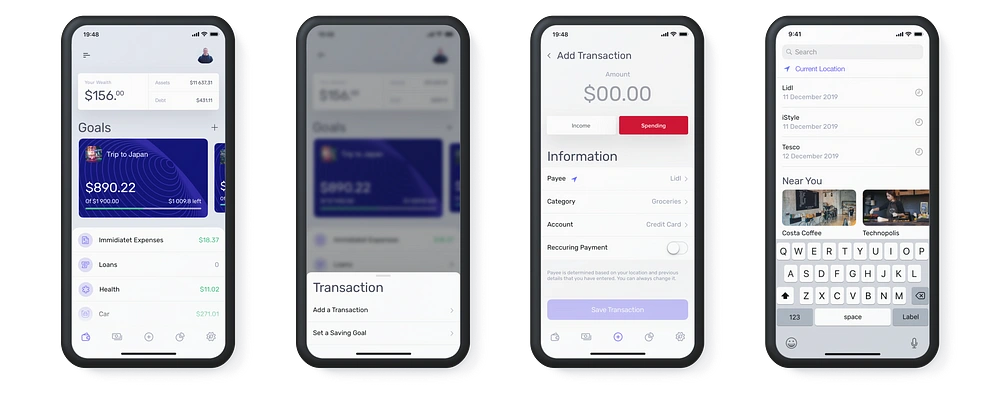
Move money
Ease to cover expenses from other categories
Everything to be accessible with the thumb
Moving money can be a hassle, but not if everything is reachable with ease. Moving money from a category where you have a bigger runway to another where you overspent is vital in order to keep your finances on track.
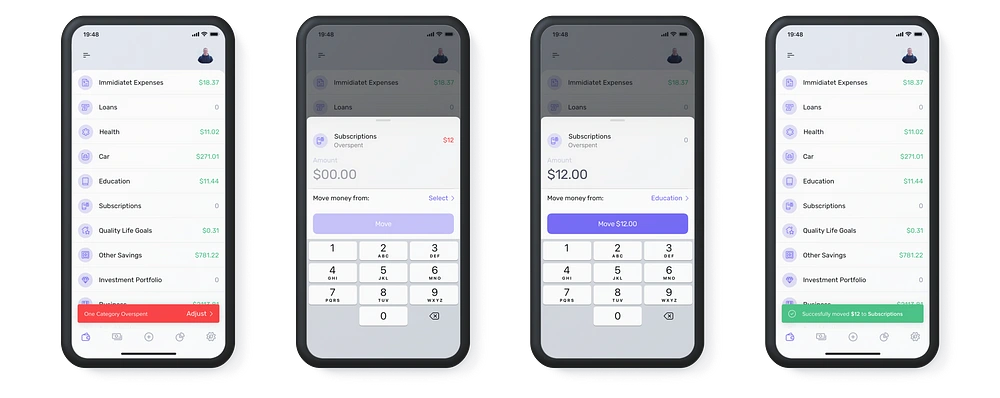
Financial education and money awareness
Decrease the chance of not understanding what runway you have
Financial Education
As people are closer to credit cards and online payments they get less contact with the cash and consequently less perception of the value of the money or even if there’s any to spend.
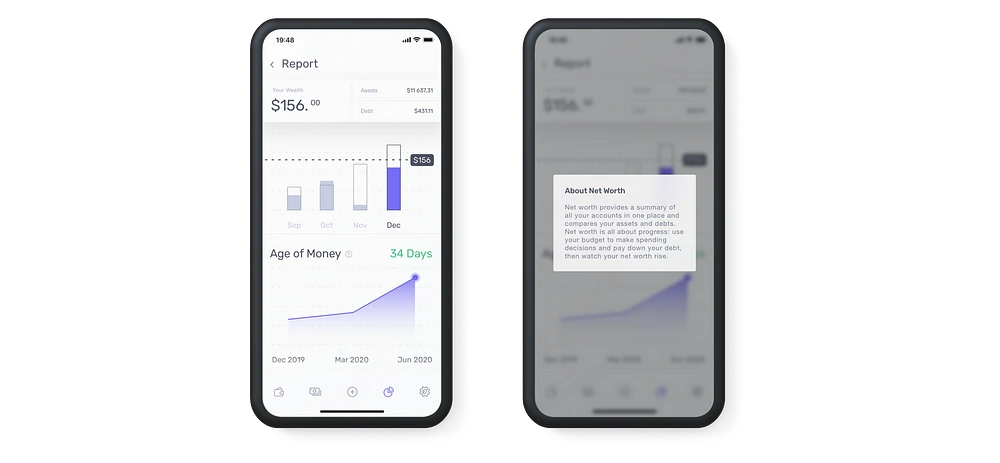
Interaction Design
As our goal was to make everything simple, we did this with the interactions as well. Focusing mainly on how iOS does interaction and adding our little twist. Below are two examples:
Take-Aways
In the course of working on this project, I faced many difficult obstacles that I haven’t faced before. I got reminded how important it is to follow a user-centered design process and this project helped me solidify this thinking.
I will close with a quote I found recently but absolutely fell in place for this project.
“To be a great designer, you need to look a little deeper into how people think and act.” — Paul Boag
I share some tips on design and behind the scenes of my process on Instagram
Sometimes I even post on Dribbble
I am even on LinkedIn, tho I have no idea how to use it.
Like this project
Posted Jan 27, 2025
But studies show that the use of contactless can increase spending 8 to 10% by making it harder to monitor our spending. A survey ran by Northwestern Mutual co…
Likes
0
Views
17

